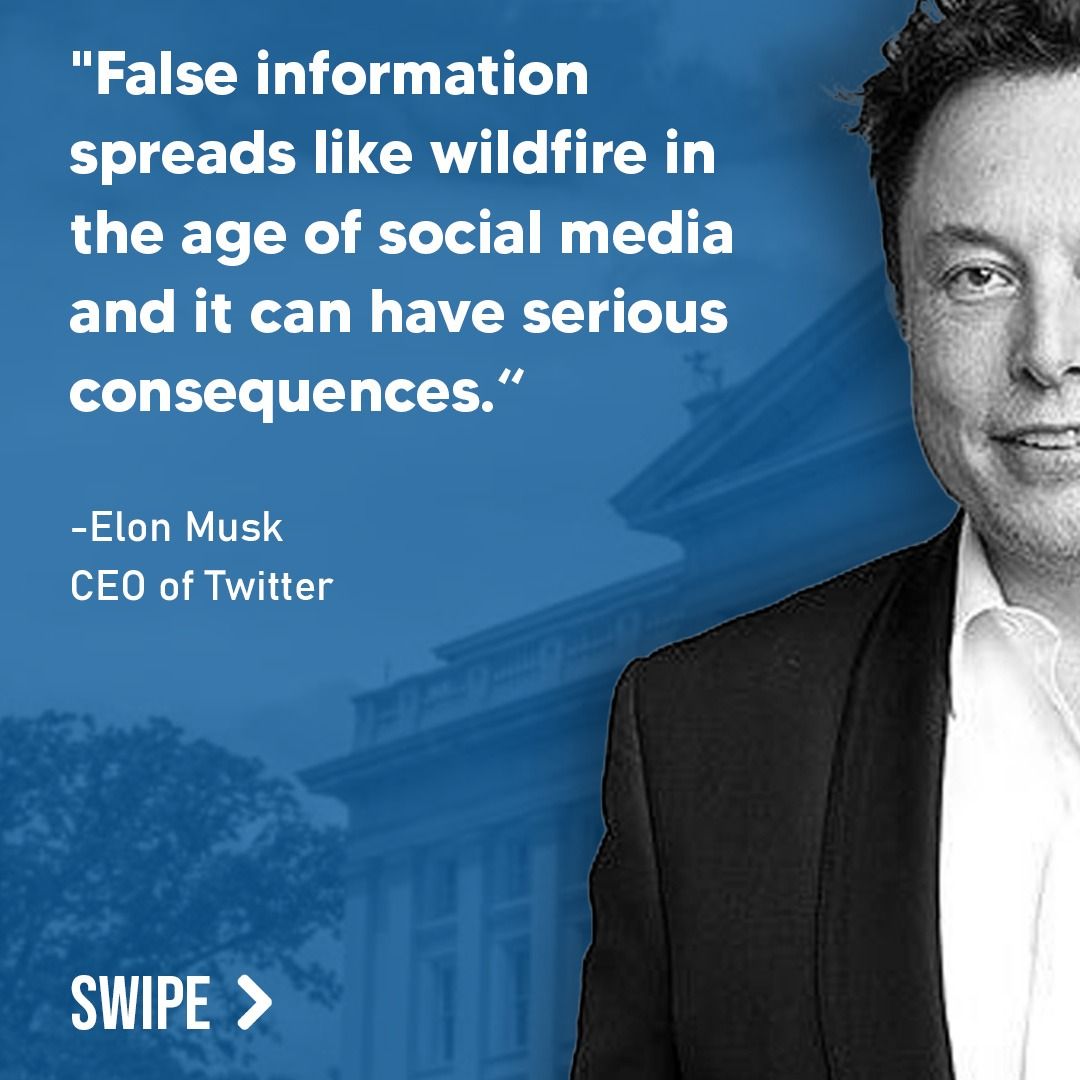“`html

Fact Check Analysis: What to Expect for Gas Prices in 2025
Submitted by one of our vigilant subscribers, this article titled “What to expect for gas prices in 2025,” published by CNN on December 30, 2024, caught our attention for a detailed review. Subscribers like you can submit fact-checking requests anytime for free, and DBUNK will ensure that questionable claims are scrutinized and published.
Read the original article here.
Fact Check Findings
The article offers an overview of gas price trends in the United States, relying heavily on projections by GasBuddy, a known fuel price analytics platform. While some statements are accurate or contextually reasonable, others incorporate speculative claims, missing contextual nuances, and potential misinformation. Here’s a breakdown:
Misinformation and Speculation
1. **”GasBuddy expects the national average for regular gas to fall to $3.22 a gallon next year.”:** Predictions like these are inherently speculative. While GasBuddy has a history of somewhat accurate forecasts, no source—no matter how credible—can precisely predict average gas prices months or years in advance. The global oil market is influenced by a myriad of factors, including volatility in geopolitics, extreme weather events, and unforeseen economic shifts.
For context, similar forecasts made before 2022 about stable gas prices drastically missed the mark due to the unexpected geopolitical conflict in Ukraine. Readers should be cautious about treating predictions as factual outcomes.

Missing Context
2. **”Trump has vowed … to make [gas prices] go much, much lower.”:** While the article references President-elect Donald Trump’s campaign promise to lower gas prices, it fails to add sufficient context about the feasibility of such claims. Historically, presidents have limited control over gas prices, which are shaped largely by global supply and demand, OPEC+ policies, and energy market dynamics.
The author does mention skepticism from “industry veterans” but stops short of explaining why Trump’s promises are unrealistic. The Energy Information Administration (EIA), for example, notes that crude oil accounts for less than 60% of gas prices; refining costs, distribution, federal/state taxes, and demand fluctuations significantly contribute as well.
3. **”Canada is the leading source of America’s foreign oil”:** While this is true, the article overlooks an essential detail regarding import diversification. The U.S. has deliberately worked to source oil from multiple countries to avoid dependency on a single nation. This context highlights why proposed tariffs on Canadian oil would likely lead not just to price increases but significant political ramifications and trade negotiations.

Bias in Presentation
4. **”Trump is a bit of a wildcard”:** While the article critiques Trump’s proposed energy strategies, it adopts subtle language that could be perceived as bias, such as labeling him a “wildcard” without adequately substantiating this description. It does not provide representative counterpoints to showcase any industry opinions or experts who might support Trump’s proposed policies or offer alternative perspectives.
This omission risks oversimplifying a complex conversation around energy policy into a partisan analysis rather than a balanced one. For readers across political spectrums, this can erode trust in the narrative.

User Question Addressed
**Why are natural gas prices spiking so dramatically compared to crude oil, and how is that shaping the energy sector’s resilience?** Natural gas and crude oil prices often diverge due to varying supply chains, market dynamics, and end-use applications. Recent spikes in natural gas prices have stemmed from increased demand for electricity and home heating, particularly during extreme weather events. Meanwhile, crude oil is driven more by transportation and manufacturing-related demand.
In terms of resilience, high natural gas prices have prompted investments in renewable energy sources, as corporations and governments look to buffer against this volatility. Similarly, the shift toward electric vehicles reduces reliance on crude oil. The energy sector is adapting by diversifying energy portfolios, focusing on renewables and investing in storage technologies to balance these supply-demand fluctuations better.
Conclusion
The CNN article provides a snapshot of current expectations for 2025 gas prices but falters in its reliance on speculative projections and lack of balanced contextual framing. These are key areas where misinformation can unintentionally creep into the narrative, making it crucial for readers to consume such predictions cautiously. DBUNK ensures that the fog of speculation is cleared so you can make informed decisions based on verified facts.
Stay informed against the spread of inaccurate information by connecting with us on social media or downloading the DBUNK App soon. Together, we can combat misinformation and bring clarity to the digital world.
“`

